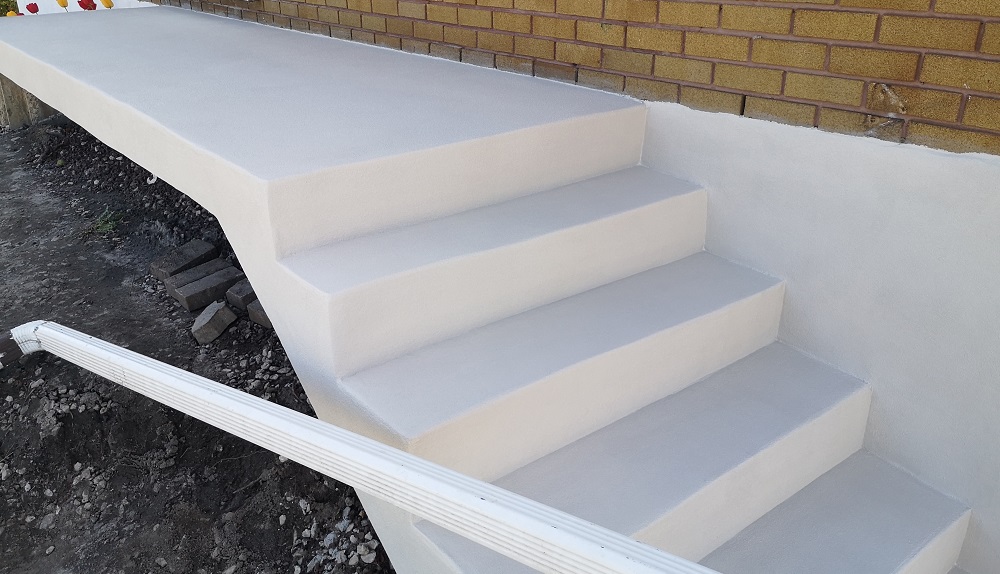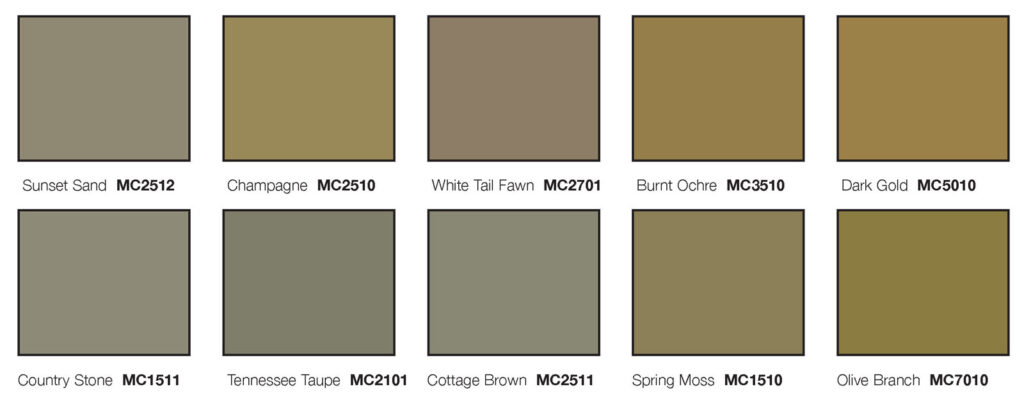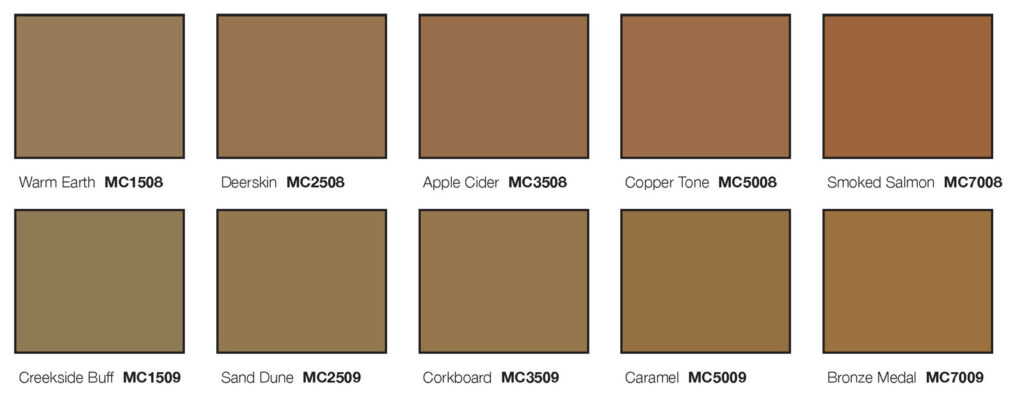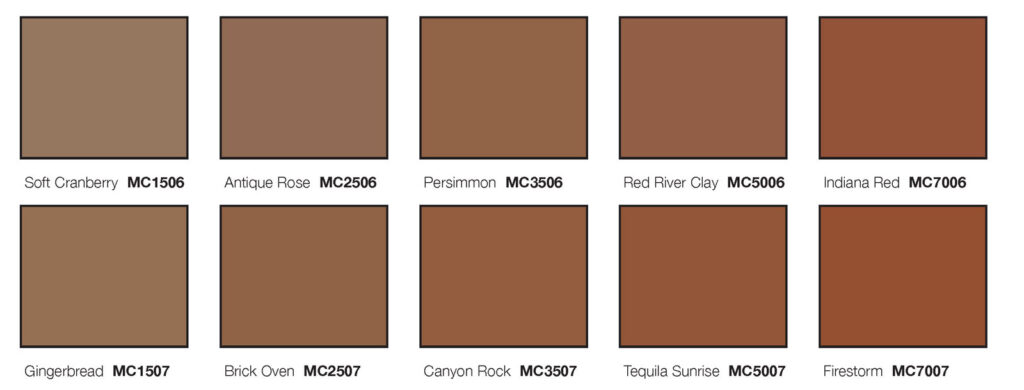Colored Concrete
Concrete can be colored in four different ways: stains, integral pigments, color hardeners, and dyes. Each of these coloring methods produces different looks and comes with its own set of advantages and disadvantages.
Staining Concrete
Stains are popular because they can be used on new and existing concrete. They produce subtle, earth-toned colors that appeal to many homeowners and blend well with natural surroundings. Typical stained concrete colors include tans, browns and terra cottas.
Because they penetrate the surface of the concrete, stains produce permanent color that is UV stable. That means that most stains can be used outdoors without fading. Stains are limited in that they are semi-transparent, meaning they won’t hide existing blemishes or patchwork.
Coloring Concrete Integrally
Integrally colored concrete is only an option for new pours. Pigments are added to the concrete mix prior to placement, ensuring the color goes completely through. The color will not wear or chip away, nor will it not fade.

For integrally colored concrete, the options are primarily earth tones – browns, tans, grays and subtle reds. Subtle blues and greens can also be achieved. If you are looking for intense, eye-catching color, integral pigments are not the best option. Many contractors use integral colors as a base and add color hardeners, stains or dyes to the surface for an enhanced hue.
Have a question about concrete services?
We care for the environment in general and we saw an opportunity, in one of the most carbon intensive industries, to make a difference.








